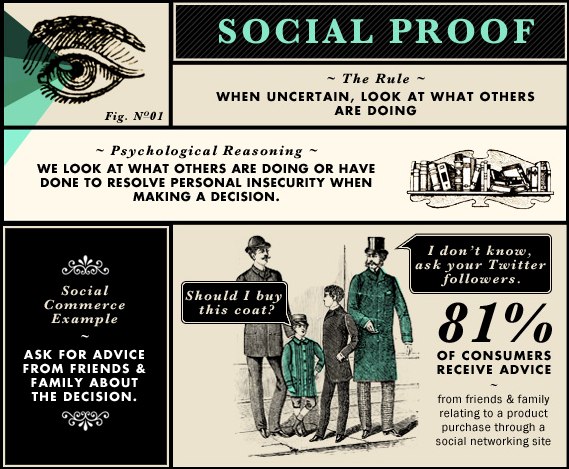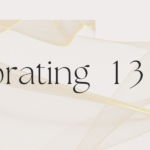Have you ever considered LinkedIn as a prospecting tool to attract more leads and clients?
Do you struggle with moving an online contact offline?
LinkedIn prospecting the right way involves moving a person from being an unknown connection to someone who trusts you and is prepared to buy from you. Although it is much easier said than done, once mastered it can produce consistent and predictable results.
The techniques I use for LinkedIn prospecting are completely duplicable, reliable and based on a proven system of influence from Dr. Robert Cialdini’s book, Influence: The Psychology of Persuasion.
The 6 Steps to Persuasion are:
- Reciprocity
- Authority
- Scarcity
- Liking
- Consistency
- Social Proof
The techniques I use for LinkedIn prospecting are completely duplicable, reliable and based on a proven system of influence from Dr. Robert Cialdini’s book, Influence: The Psychology of Persuasion.
Let’s dive into these powerful steps of persuasion and influence and how you can use this in your LinkedIn marketing and social selling efforts.
1. Scarcity
Scarcity provides that same satisfaction that you can only get once you’ve acquired something that had otherwise been not acquirable. It’s similar to the prestige that makes “Limited Edition” such an attractive statement when attached to a product.
Groupon is notorious for getting the impulse buy through showing you the short amount of time you have left to purchase. I catch myself still falling for that old trick, even with deals that I have seen go up multiple times, simply for the fear of missing out.
Your LinkedIn prospecting communications should always allude to the exclusivity and limited availability of whatever it is you are trying to offer.
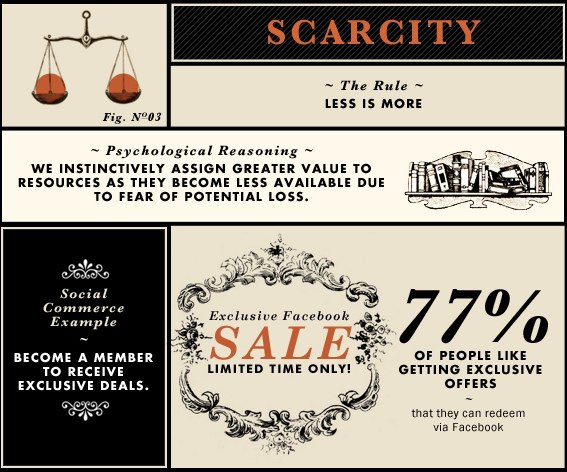
2. Reciprocity
Nothing makes a stronger and more genuine impression on somebody then when you give selflessly, generously and (most importantly) without the expectation of receiving anything in return.
It’s not just about helping people but also giving them a reason to feel good about helping you. Here’s a couple quick ways to strengthen the Law of Reciprocity in your favor on LinkedIn:
- Send helpful content that you have no personal gain in to a LinkedIn connection simply because you are certain it would be of value to them. They will appreciate the gesture even more knowing that you are not acting selfishly.
- Go out of your way to connect your quality LinkedIn connections with each other if you feel that they could be of service to one another. It’s like playing Cupid with your friends…nobody ever forgets the person that hooked up a perfect match. Emulate that in business using LinkedIn whenever possible!
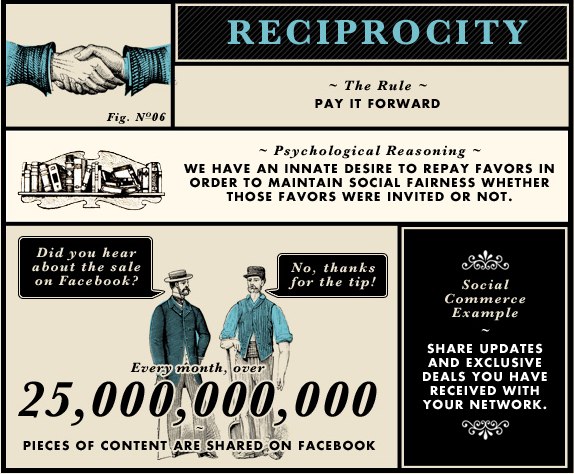
3. Consistency
People don’t just invest their money into quality products/services they look for things that have demonstrated a consistent reputation for quality. You can’t just walk the talk, you need to live and breathe the talk. People can smell out a rat instantly and will instantly discredit you if they get a whiff of dishonesty.
Here are 2 simple ways to show consistent thought leadership on LinkedIn:
- Update your status daily with content that is valuable to your ideal client (original or curated)
- Engage in discussion within LinkedIn groups related to your industry when you are able to add a valuable opinion or share helpful advice
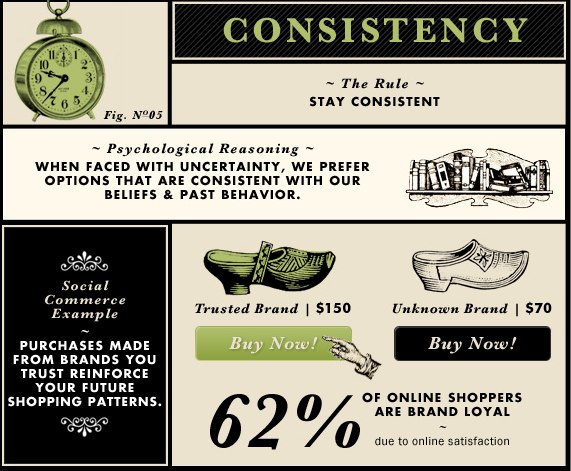
4. Authority
Being consistent with your posts on LinkedIn is great but how does one establish true authority and thought leadership that attracts business?
Without question, the best way to do this is by publishing quality blog posts that are dedicated to providing high value on topics that are of interest to your target market.
The most common reason businesses fail with content marketing is because they make the mistake of thinking they need to focus on promoting themselves and their products to be successful.
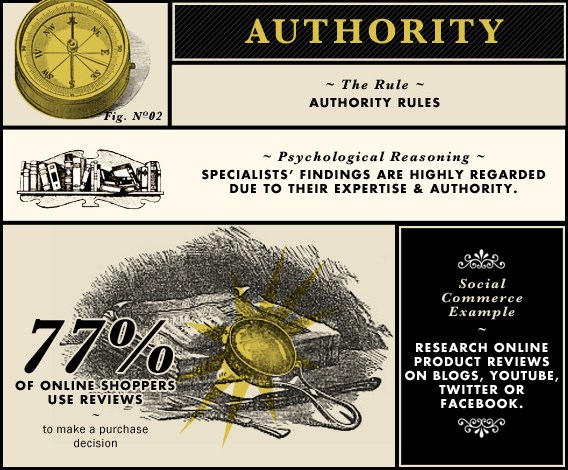
5. Social Proof
Social proof is an instinctive psychological reflex we have to trust and place high value on the consensus of larger groups when making decision. Here’s how Wikipedia defines social proof:
Social proof is a psychological phenomenon where people assume the actions of others in an attempt to reflect correct behavior for a given situation. This effect is prominent in ambiguous social situations where people are unable to determine the appropriate mode of behavior, and is driven by the assumption that surrounding people possess more knowledge about the situation.
Before we see a movie or even buy a product on Amazon, many of us are likely to check out the reviews to see what other people are saying. On LinkedIn, the two main factors that help us determine this are recommendations and endorsements. Although both are valuable, recommendations hold far more weight and are a greater testimony to your credibility than endorsements.
If you lack an impressive amount of LinkedIn recommendations, here are a few quick guidelines to help you:
- Only ask people you know for recommendations. Not only does it hold more weight, you don’t want to accidentally get a glowing recommendation from someone with bad credibility and suffer from guilt by association.
- Change the default subject line from “Can you endorse me?” to a personalized one for the person you are sending the request to.
- Always personalize your message when requesting a recommendation. It’s important to tell the person you are asking why you are requesting a recommendation and how it will help you.
- Offer to reciprocate but only if it is appropriate and you can legitimately provide a recommendation for that person. For example I often have people who attend my seminars and webinars provide me with a LinkedIn recommendation. I can’t vouch for their work so it would not be right for me to provide them a recommendation.
6. Liking
Have you ever not bought something simply because you didn’t like the person who was trying to sell it to you? People buy from people they like. Unless you have some sort of monopoly in your industry, people need to like you before they consider doing business with you.
One of the best ways to become more likeable to prospects on LinkedIn is also one of the simplest: be more relatable. When a prospect can relate to you they have more trust and faith that you understand their problems well enough to help solve them.
It is only when someone likes you that you will be able to move a conversation from online to offline. Once you move the relationship offline, you are able to move to the next level and convert a prospect to a client.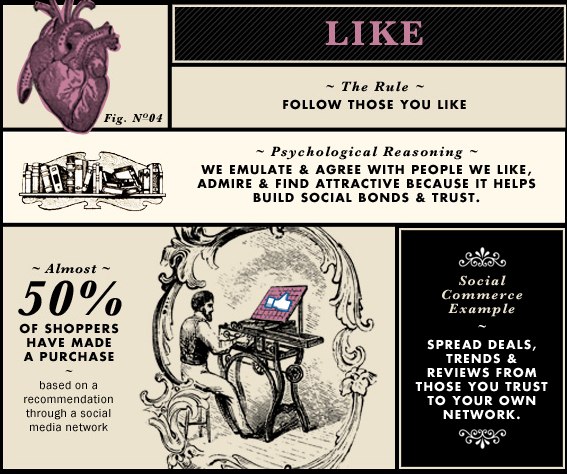
Influence Marketing Prevails Every Time
It doesn’t matter if your ultimate goal is to increase visibility, leads or sales these six factors in the psychology of persuasion can help you achieve success with LinkedIn prospecting. I highly recommend checking out Dr. Robert Cialdini’s book you aren’t familiar with it.

